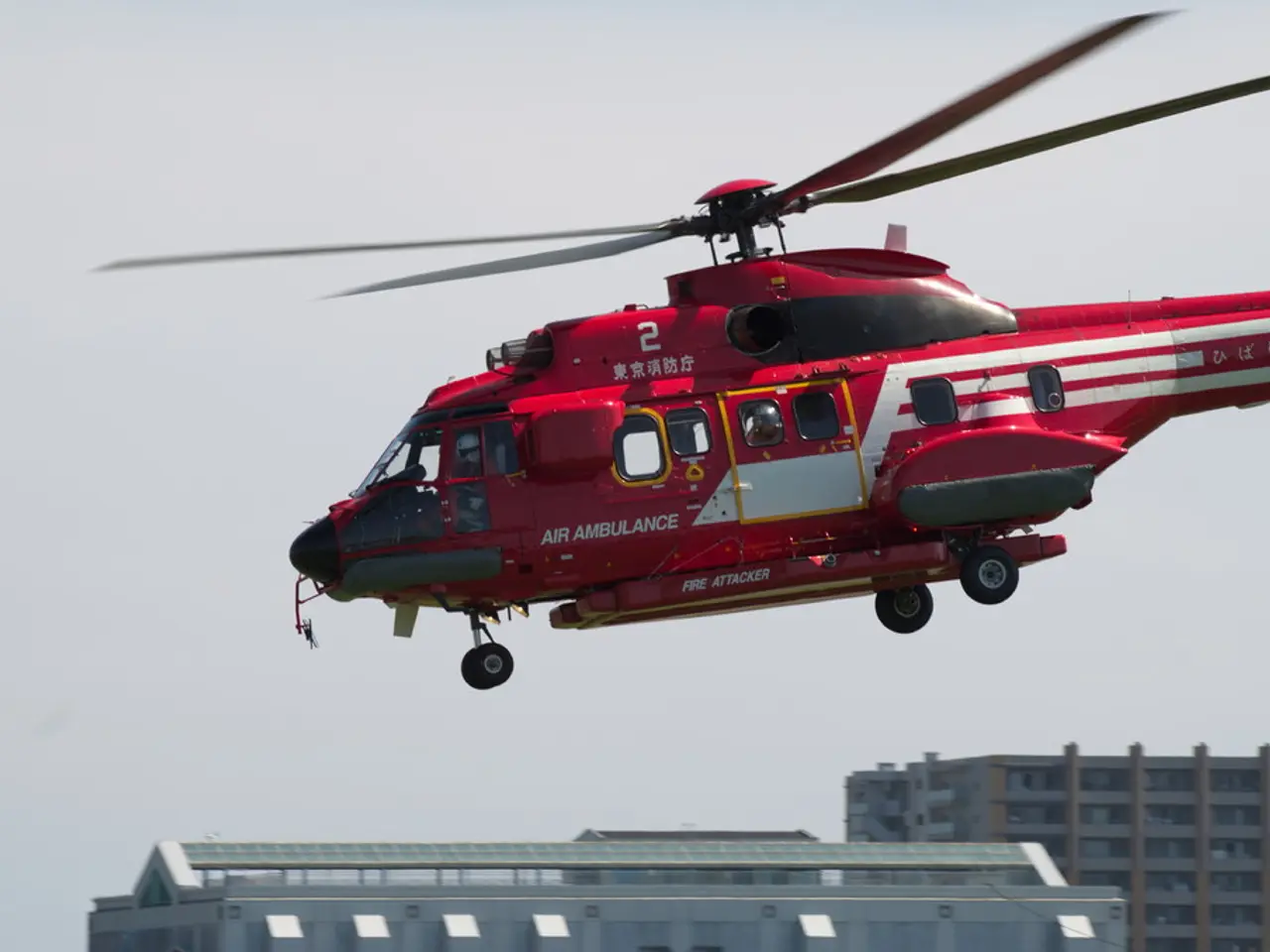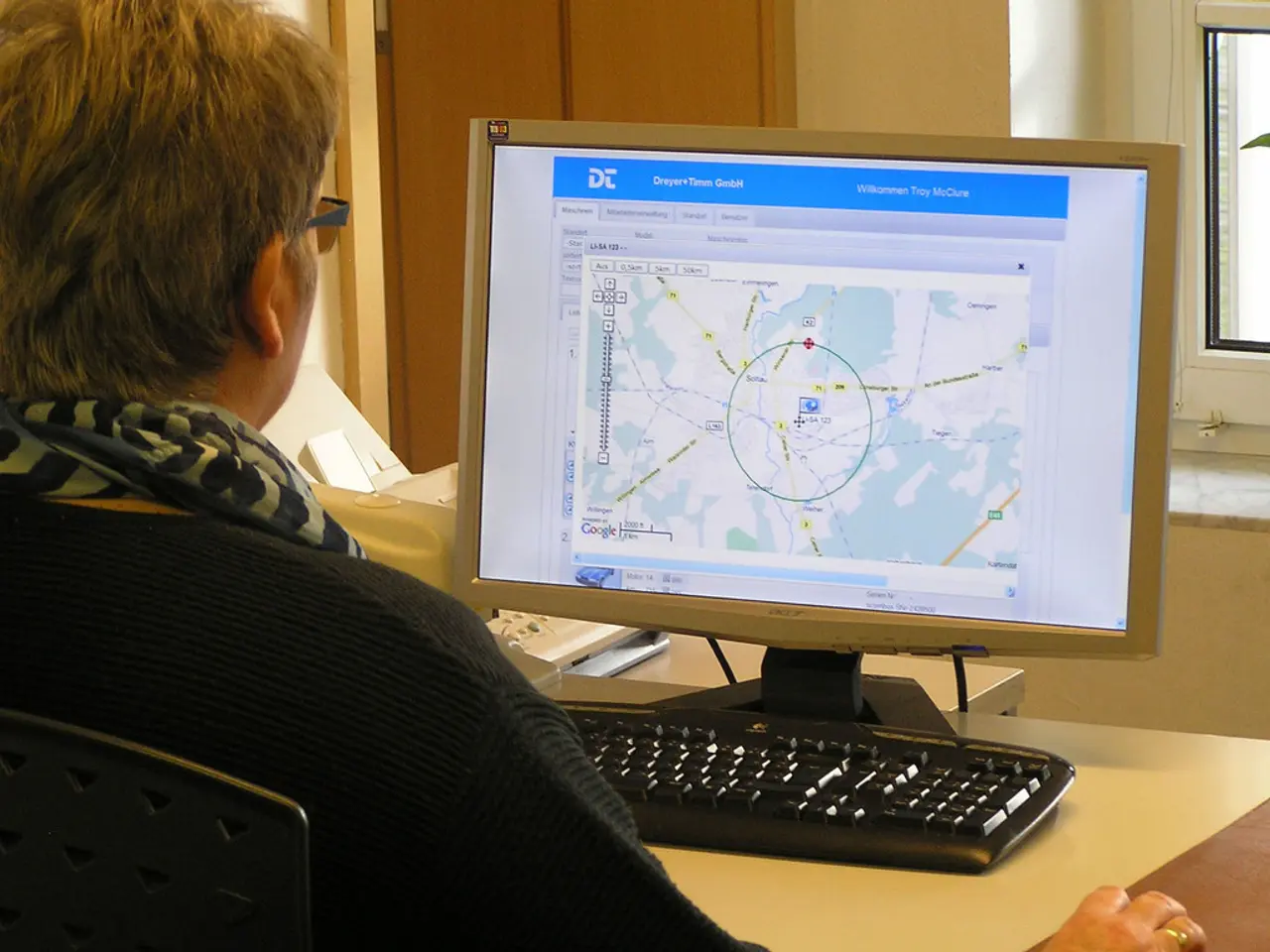Guide for Creating a Personalized Drone Software Architecture
In the realm of unmanned aerial vehicle (UAV) operations, the use of custom software stacks has become increasingly popular. These stacks offer a unique blend of flexibility, scalability, and cost-effectiveness, setting them apart from commercial platforms.
One of the key advantages of a custom drone software stack is the ability to achieve UX enhancements with mobile apps. Platforms like Flutter, Thunkable, or AppGyver can be utilised to build simplified interfaces, wrapping multiple stack tools and providing a seamless user experience.
However, it's important to note that maintenance and version control are responsibilities of the team building the custom stack, as there is no vendor support for updates, bug fixes, and version compatibility.
Another significant advantage is the integration of Flight Risk Modeling and Weather Integration. APIs like OpenWeatherMap or UAV Forecast can be employed to inject real-time weather data into the mission planner or dashboard, generating predictive models that score flight risk by location and time.
Security and data privacy risks are a concern with open-source software, particularly when dealing with real-time data streams, flight data, and external APIs. To mitigate these risks, encryption and adherence to best practices are essential.
A custom drone software stack allows complete control over flight planning, data processing, analytics, and automation. For thermal inspections, for instance, a stack might include QGroundControl for flight control, MAVProxy for telemetry, an onboard thermal camera, automatic data upload to AWS S3, OpenDroneMap for processing, a custom Python script for analysis, CesiumJS for visualization, and Node-RED for automation and alerts.
AI Model Integration for Real-Time Object Detection is a valuable upgrade, deploying lightweight models like YOLOv8 or MobileNet directly on edge hardware for structural defect detection, equipment malfunctions, or human presence during flight.
Data format fragmentation is another challenge, as different components in the stack may generate or consume different data formats. However, tools like MBTiles, Leaflet, or TileServer GL can help with Offline Mapping and Caching for Disconnected Environments, making operations in rural, remote, or disaster-affected areas with limited connectivity possible.
Retool is a drag-and-drop tool for building internal dashboards without code, useful for displaying flight logs, drone health metrics, and creating mission submission forms. For swarm coordination and multi-drone missions, tools like MAVSDK, ROS2, or Dronecode SDK can be employed for synchronized takeoffs, area division, and coordinated landings across multiple drones.
A modular, custom-built system can evolve into an enterprise-grade platform, offering opportunities to improve performance, expand capabilities, or automate even more of the workflow as operations mature.
Some commonly used open-source tools for building custom drone software stacks include QGroundControl, Mission Planner, PX4, and the ArduPilot suite (which includes ArduCopter, ArduPlane, and ArduRover). These provide flight control, mission planning, telemetry, and other core functionalities and support a range of UAV types.
For low-code and no-code platforms to customize drone workflows and automate integrations without full software development, tools like Node-RED, Zapier, Retool, and Bubble are commonly used. These platforms allow users to create custom automation, connect drone data to existing applications, or build simple web applications for controlling and managing drone operations with minimal coding effort.
In conclusion, custom drone software stacks offer a multitude of benefits, including operational control, significant cost savings, custom fit for unique missions, better performance in the field, faster iteration and innovation, and stronger technical skill development. By employing a strategic combination of open-source tools and low-code platforms, operators can integrate drone operations with other software systems seamlessly, reducing reliance on expensive commercial platforms.
[1] Drone Belts [3] DroneOps [4] Drones Made Easy [5] DroneKit
- The integration of AI Model Integration for Real-Time Object Detection, such as YOLOv8 or MobileNet, can greatly enhance the functionality of a custom drone software stack, enabling structural defect detection, equipment malfunctions, or human presence detection during flight.
- To ensure stronger data privacy and security, encryption and adherence to best practices are essential when dealing with real-time data streams, flight data, and external APIs commonly found in custom drone software stacks.




